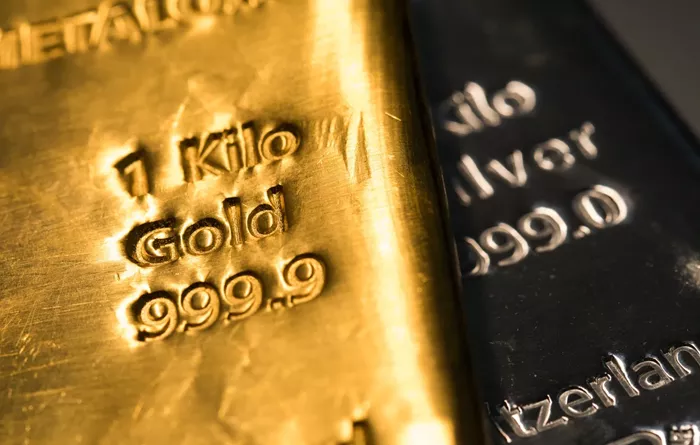The United Arab Emirates (UAE) has firmly established itself as a key player in the global gold trade, with the precious metal accounting for a significant share of its imports. The country’s strategic position, robust infrastructure, and investor-friendly policies have made it a major hub for gold transactions, particularly with key markets such as India, Switzerland, and the United States. In 2019 alone, the UAE’s gold imports reached $20 billion, reflecting a substantial increase from the previous year.
Supply and Demand Dynamics
Gold demand in the UAE is primarily driven by consumer purchases of jewelry, which account for nearly half of all transactions. Additionally, institutional investors and banks play a crucial role in the market, acquiring large quantities of gold as a hedge against economic uncertainty or for profit-driven trading. While domestic production contributes to the country’s gold reserves, the UAE remains heavily dependent on imports, particularly from Africa and Europe, to meet its supply needs.
Market Outlook and Future Trends
Looking ahead, the UAE’s gold market is expected to be influenced by various geopolitical and economic factors. Fluctuations in oil prices, global economic uncertainties, and shifting investor preferences could impact demand. Moreover, the transition from physical gold investments to digital assets presents both challenges and opportunities for the UAE’s position as a global trading hub for precious metals. Despite these factors, the country’s strong financial infrastructure, supportive government policies, and proactive participation in international gold markets indicate a positive long-term outlook for its gold industry.
Understanding Gold Purity: Carats and Karats
Gold purity is measured in carats or karats (abbreviated as K), with 24K representing pure gold. While 24K gold is highly malleable and ductile, it is generally unsuitable for jewelry due to its softness. To enhance its durability, gold is typically alloyed with other metals. Below is a breakdown of common gold alloys and their compositions:
24K Gold: 99.9% pure gold – primarily used for investment and not ideal for jewelry.
22K Gold: 91.6% gold, mixed with small amounts of other metals – commonly used for high-quality jewelry.
18K Gold: 75% gold, alloyed with copper, silver, or other metals – offering durability and a rich color.
14K Gold: 58.3% gold – preferred for everyday jewelry due to its strength.
10K Gold: 41.7% gold – the most durable but with a lower gold content, making it more affordable.
With its deep-rooted gold trading legacy and an evolving investment landscape, the UAE remains a dominant force in the global gold market, catering to both traditional and modern investment preferences.
Related topics:


